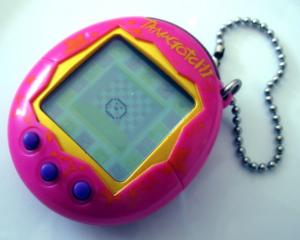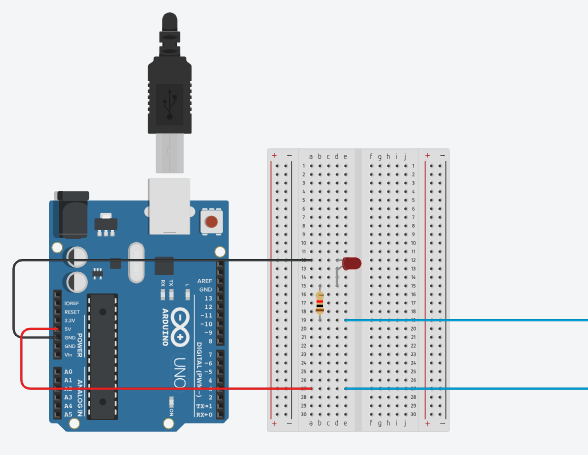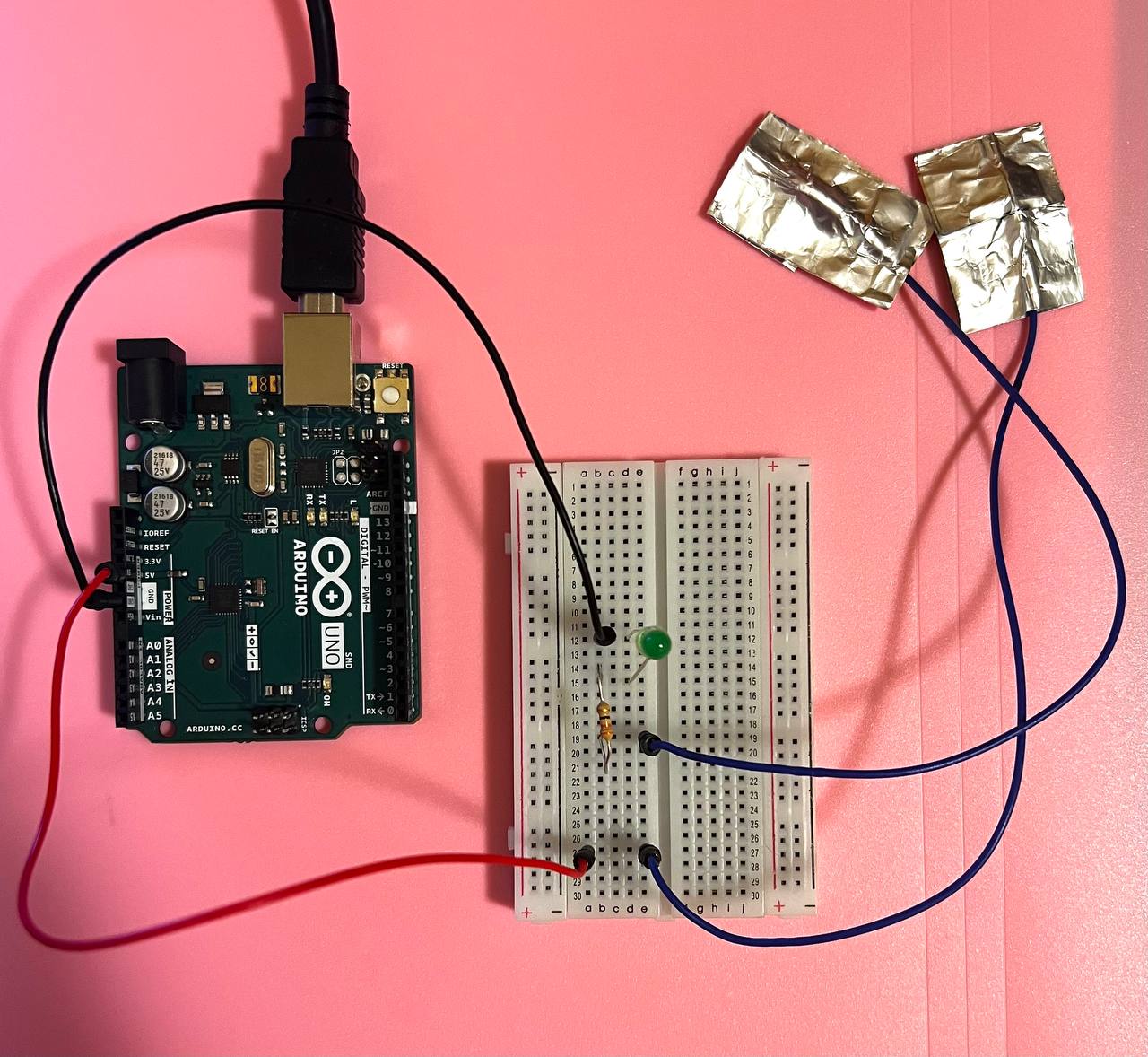Making Interactive Art: Set the Stage, Then Shut Up and Listen
This reading showed me an interesting point of view, but I’m not too sure if I agree with it. Tigoe says that you should not interpret your own interactive art, but rather let the audience figure it out for themselves. The entire premise of this is that you shouldn’t think of interactive art as a finished painting or sculpture. However, I find myself disagreeing with Tigoe. Firstly, even with a finished painting, no two people will interpret it the same way given they are free to think anything about the painting. Although I understand Tigoe’s point of view of not confining the art piece to your own direction, I do not think that you should not interpret your own art pieces. If I want my audience to have a very specific experience, I will give them my interpretation or the direction that I took with the piece beforehand to guide their thoughts. It entirely depends upon what I want the piece to be. Of course, people can just ignore these directions, but I believe that there is still room for the audience’s personal interpretations of the guided art piece. Like a painting, maybe I want to express myself with the art piece. If you want what Tigoe wants, then his recommendations are very helpful. However, there is no right or wrong way to do interactive art.
Physical Computing’s Greatest Hits (and misses)
Exploring the themes in physical computing classes highlights a cool mix of established ideas and personal creativity. Even though some projects come up every year, it’s not about repeating but reimagining them with your own touch. The examples, from theremin-like instruments to remote hugs, show there’s a lot you can do.
The mention of different time periods and tech advancements adds context, showing how physical computing keeps evolving. I like the focus on projects that involve people rather than just machines. It’s a reminder that the connection between users and their creations is what makes physical computing special. Overall, this collection of different projects is like a guide to show the creative possibilities in interactive art.







